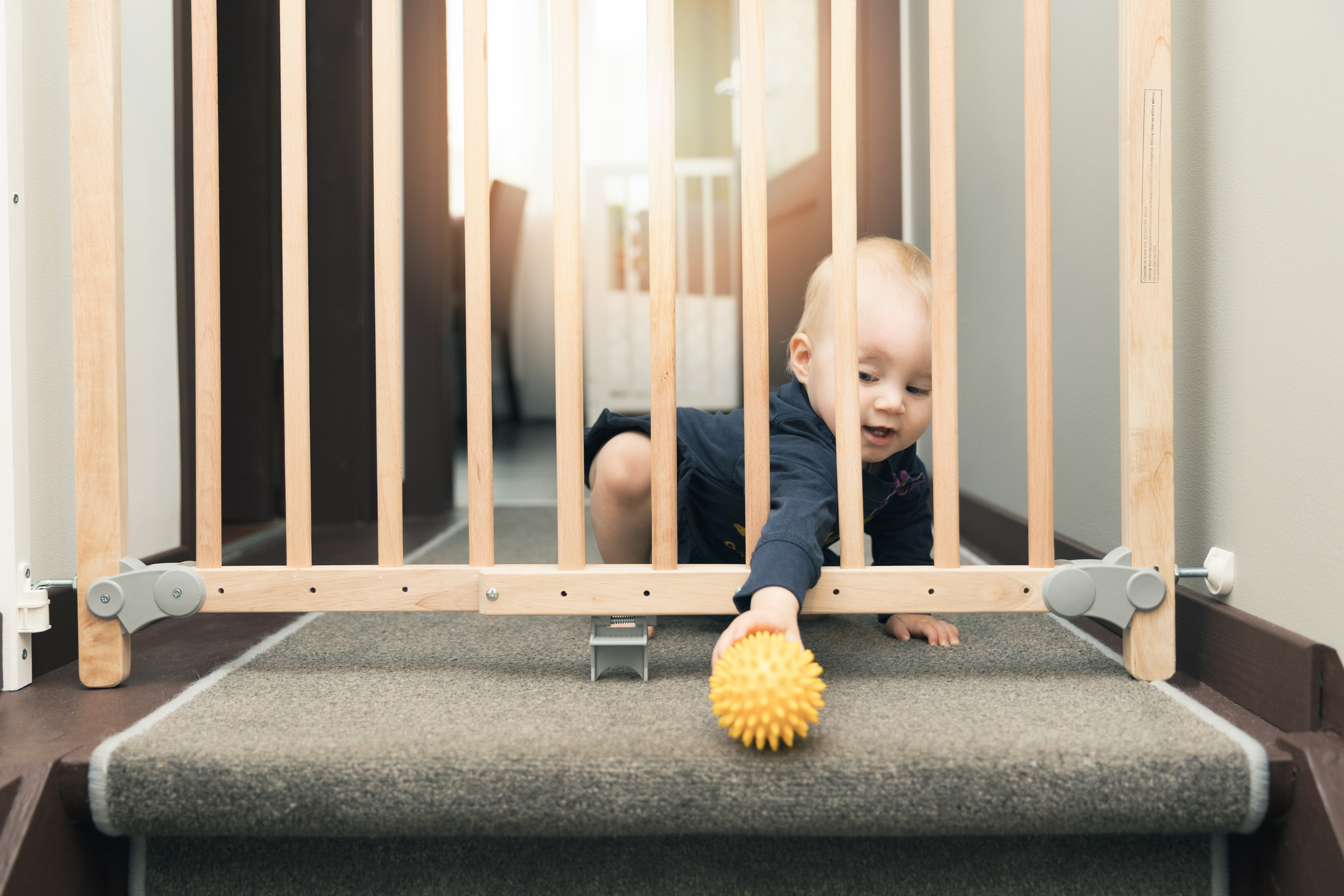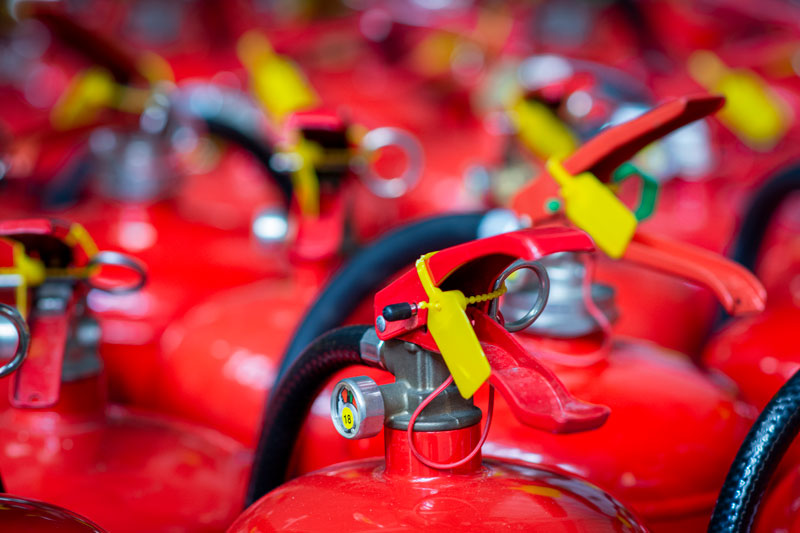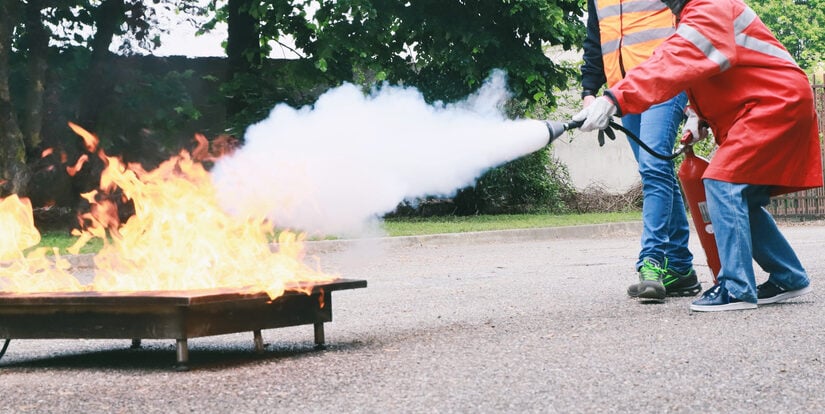Thursday 15th August 2024
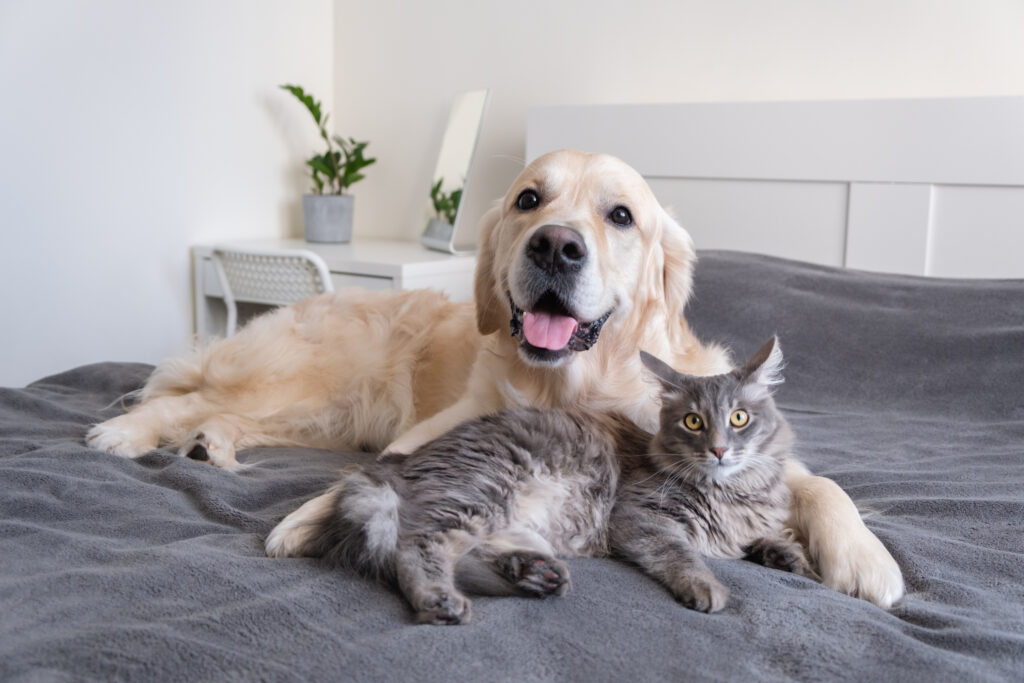
Pet fire safety is vital, as nearly half of all UK households own a pet. Be aware of the increased fire risks they can bring. Statistics show each year, 500,000 pets are impacted by fire related incidents, with 40,000 tragically dying from fire-related causes. Additionally, pets are directly responsible for starting around 1,000 fires annually. Pet fire safety at home is an important step towards protecting your whole household from fire. So, what risks should you be aware of?
Increased fire risks include:
Pets and electrical safety
Dangling wires, unsupervised charging devices, trailing cables and lights can lead to pets either playing with, chewing or tripping over them. To prevent fire risks, secure wires out of reach and avoid leaving devices charging where your pets can access them. Hair accessories such as curling tongs and straighteners can also easily be knocked from their heat mats by pets. Ensuring they are never left unsupervised when turned on is crucial. Also keeping out of reach and turning them off once finished with, is extremely important.
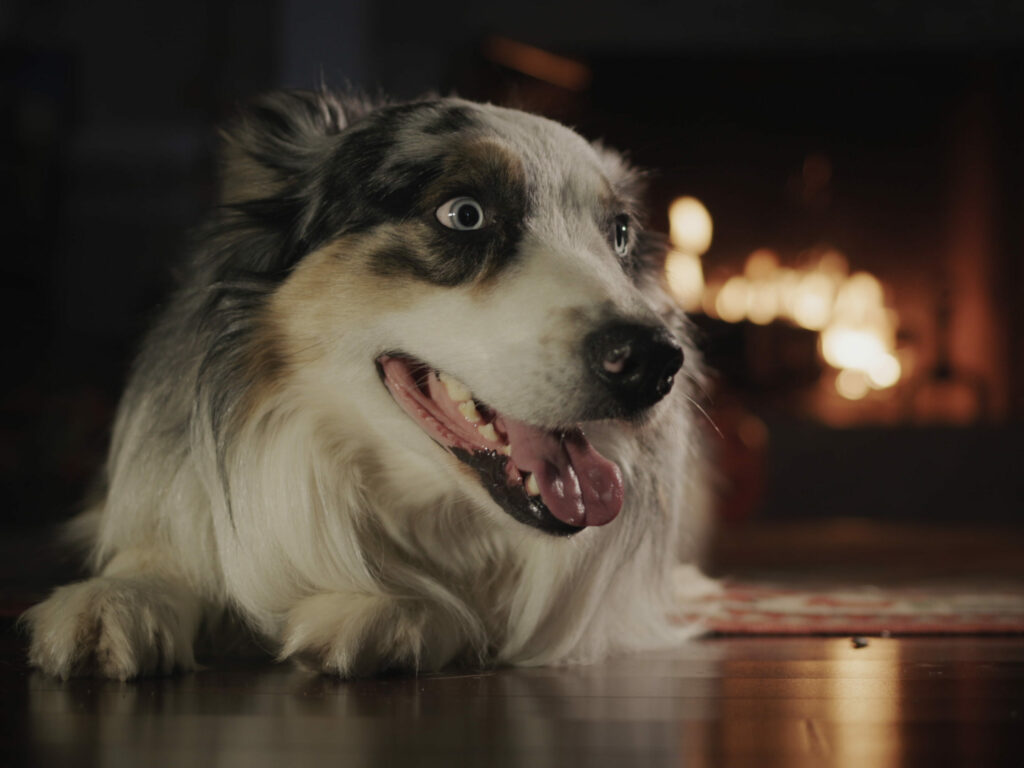
Pets and heaters or log fires
Portable heaters can easily get knocked over and open log fires can be caught whilst passing which can lead to a fire. Invest in a fire guard, never leave pets unattended near heat sources, and place portable heaters safely to reduce fire risks.
Pets and candles
Candles can be easily knocked over while lit, potentially causing fires. To prevent this, use battery-powered candles. If you light traditional candles, keep them out of your pets’ reach and always extinguish them before bedtime or leaving the house.
Dogs and ovens or hobs
Dogs, especially curious or energetic ones, can accidentally create dangerous situations in the kitchen. One common risk is that pets might bump into or play with oven and hob dials, accidentally turning them on. This can cause the stove to ignite, leading to a fire hazard, especially if there are flammable items nearby like dish towels, paper, or grease. To prevent this, keep pets out of the kitchen while cooking or purchase stove knob covers.
Pet fire safety in the garden
Open fire pits and camp fires are a risk towards pets, alongside patio heaters which can be knocked over. Be especially careful with pets around BBQ’s as they may have the temptation to steal meat or fish which could lead to knocking over the BBQ. Keep pets away from these areas or have limited access within the garden to prevent this.
Install working smoke alarms
Ensure smoke alarms are installed on every floor of your home, including the basement and attic, to ensure you’re alerted to a fire as soon as it starts. By installing working smoke alarms on every floor of your home, you significantly increase your family’s chances of escaping safely in the event of a fire.
Regularly test smoke alarms
Testing your smoke alarms regularly is a vital part of maintaining home safety. Smoke alarms are only effective if they are in good working condition, and regular testing ensures that they can reliably alert you in the event of a fire. We can offer you help with our smoke alarm reminder service, reminding you via SMS or email at your chosen frequency to test your smoke alarms.
Pet fire safety escape plan
Develop a comprehensive fire escape plan that includes provisions for your pets. Ensure that every member of your household knows and regularly practices the plan, so they are prepared in an emergency.
Keep fire extinguishers and blankets handy
Have a fire extinguisher and fire blanket readily available for emergencies. A water or water mist extinguisher is ideal as they are pet-friendly, containing no harmful substances and leaving no residue.
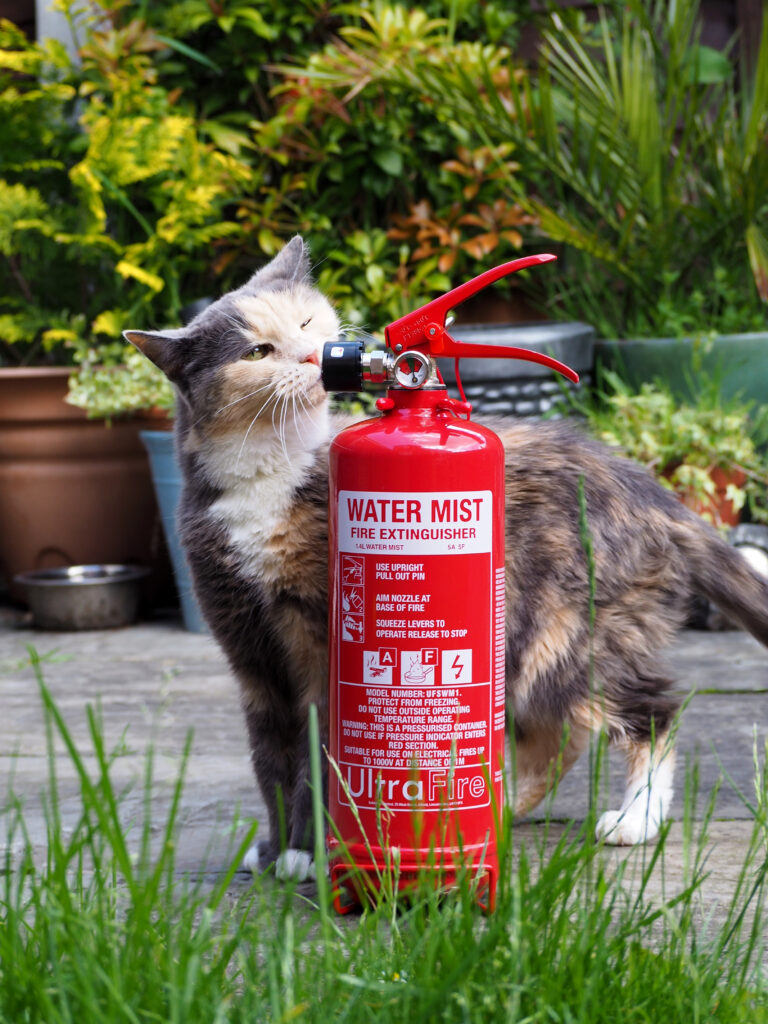
Keep Hallways and Exits Clear
Ensure hallways and entrances are free of clutter, allowing a quick and safe escape in case of a fire. Facing obstacles whilst trying to escape during a fire can cause injuries and prevent escaping in some scenarios. This also helps firefighters easily access your home and rescue pets or family members inside.

